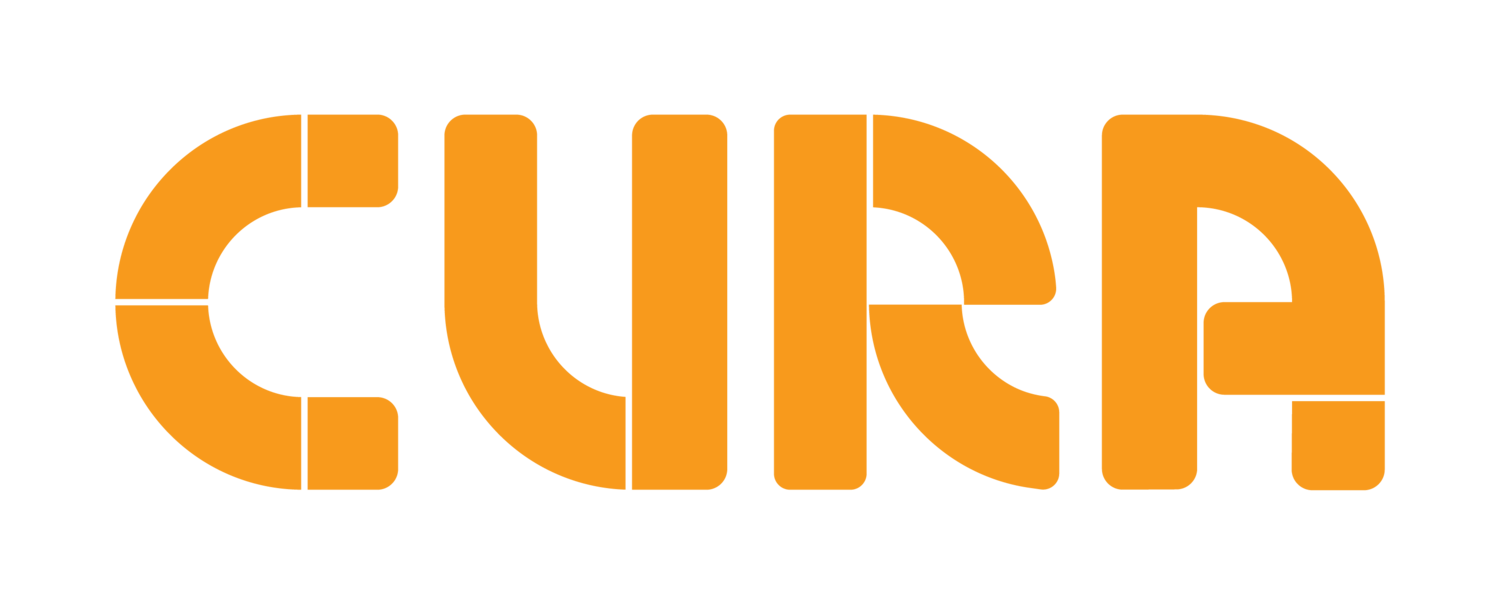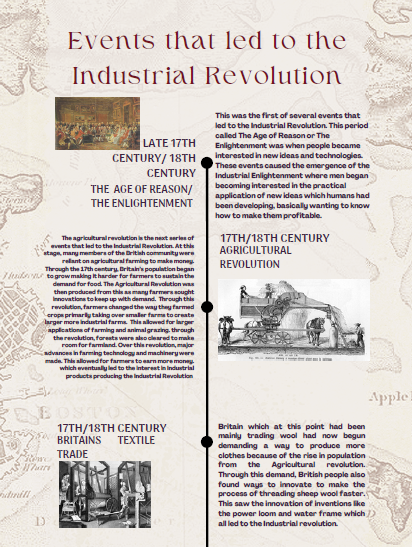Making PBL work at Mount Carmel College
Felicity Daviess - Head of Humanities & Social Sciences
Where we use Cura
We’re currently using Cura across our Humanities faculty at Mount Carmel. But it’s important to note that we use it differently with each year level.
The Year 9 team are using Cura quite a bit and the students are loving it. As the students are older and able to focus on the same task/theme for longer, we’ve been using the longer projects (like A Disrupted History and Lest We Forget)
We’ve used Cura sparingly in Semester 1 but are planning on using it more across Semester 2. We’ll use it to deliver our Geography curriculum. Cura’s got lots of great micro-units which we think will better suit the younger year levels
We started with Year 7 students working directly on the Cura platform. But they struggled with this at first – they’re new to high school, learning how to use digital technologies and access many different systems – which ate up valuable lesson time. They’ve improved as the year has gone on. Next year, we might not get the students onto the platform until later in the year, and start using Cura as a teacher-only resource in the first few terms
Cura’s impact
I’m teaching a Year 9 class and I know that they’ve loved the units. The work students do with Cura is different to what they do in a normal class – it’s more engaging, more closely clinked to a real-world output, and more about giving students freedom to express their learning – which they appreciate. We even used the Cura end product at the end of the projects for a common assessment task, instead of a standard topic test. This worked really well. It allowed students to create an end product which was informed by their curriculum understanding but also their skills and interests. It allowed students to demonstrate their understanding in ways we wouldn’t have anticipated!
I know the staff also like the flexibility which Cura gives them. Some are even using it outside of Humanities (e.g. the Science or English units). They pick bits and pieces out of units to weave into their lessons. It’s like an idea bank for them, which is perfect for busy, time-poor teachers. By having students jump in and out of a unit – either on the platform or by showing some of the content and questions on the screen – they can level up their classes without necessarily having to run an entire unit end to end.
That said, if a teacher does want to run an entire unit end to end, it’s all there for you. This worked really well for me last term because I was on leave. The cover teacher knew exactly what to teach, the students knew exactly what to work on next, so things went super smoothly.
Do you know an educator who wants to increase hands-on, real-world learning in their classrooms? If so, please share this article with them!
If you want to learn more, get in touch at hello@curaeducation.com.


